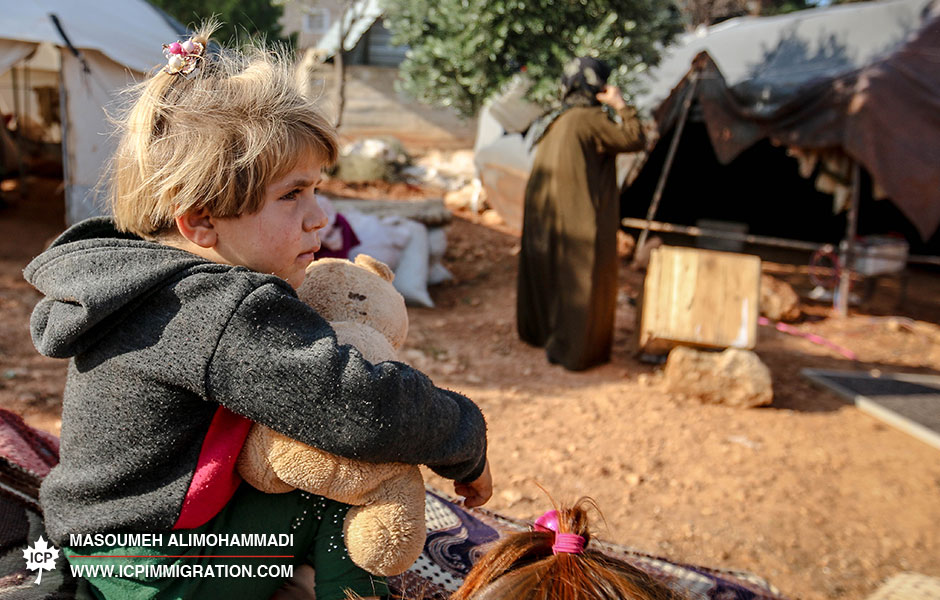Humanitarianism continues to be an important part of Canada’s immigration strategy.
Since the 1950s, Canada has been providing foreign aid to less fortunate nations around the world.
How has Canada continued this humanitarian tradition through immigration?
A significant part of Canada’s humanitarian commitment has involved welcoming refugees and other vulnerable populations to this country as permanent residents (PRs).
Specifically, 60,795 of these refugees were born in Syria, which accounted for 27.8% of all newly admitted refugees. The other top birth countries of recent Canadian refugee immigrants included Pakistan (7,810), Afghanistan (9,490), Eritrea (13,965) and Iraq (15,505) — the majority of whom were resettled in Canada after a recommendation from either the United Nations, a designated referral organization or a private sponsor.
Finally, over the reporting period of the latest census, Canada also became home to nearly 85,000 immigrants who came to this country as protected persons and were granted permanent residence between 2016 and 2021.
Looking forward
Canada looks to continue being a source of hope for vulnerable people around the world. To continue providing a safe option for relocation to global citizens everywhere, Canada’s latest Immigration Levels Plan — for 2023 to 2025, released on November 1, 2022 — includes the following targets for how many newcomers the country would like to welcome both as refugees as well as on humanitarian and compassionate grounds.
Between 2023 and 2025, Canada aims to welcome some 260,000 total new immigrants under these categories.
In 2023, Canada is looking to welcome a total of 92,290 refugees and newcomers on “humanitarian and compassionate grounds” (19.8% of Canada’s total 2023 immigration target).
The following year, Canada aims to welcome 89,865 combined immigrants under these two categories (18.5% of the total immigration target for 2024).
Finally, in 2025, Canada is hoping to bring 80,750 combined refugees and newcomers (on “humanitarian and compassionate grounds”) to this country. Based on the total immigration target for that year, this figure would represent 16.1% of all target immigrants in 2025.
Note: Annual numbers and percentages vary, in part, because the number of refugees that Canada welcomes for resettlement every year is based on how many people are identified as refugees by both private sponsors and The United Nations Refugee Agency (UNHCR) under the Refugee and Humanitarian Resettlement Program.




